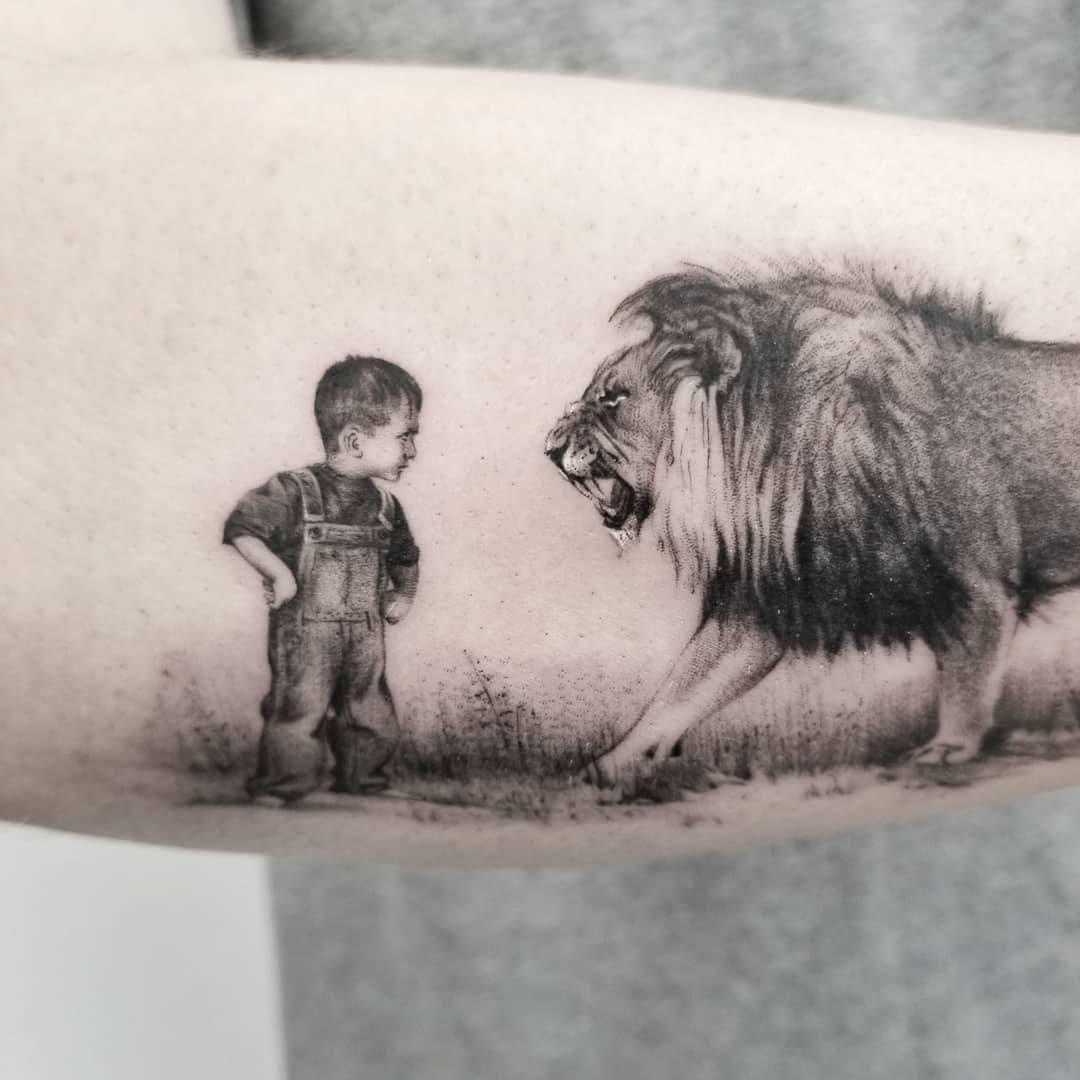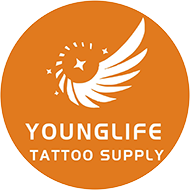Blog
A Must-Read for US Tattoo Artists: A 3-Dimensional Guide to Avoiding Pitfalls from Compliance to Tools (Including Reliable Supply Channels)

As a US tattoo artist, you have to deal with health department compliance inspections every day, and also worry about issues like “whether the wireless machine has enough battery life” and “if the ink is FDA-approved” – these problems directly affect the survival and reputation of your studio. This guide addresses industry pain points, helps you clarify core needs, and includes reliable upstream supply channels, which are useful for both new and experienced artists.
I. Compliance Red Lines: 3 Things That Could Get Your License Revoked
Regulations for the tattoo industry vary by state in the US and are quite “strict”, but understanding the rules can help you avoid 90% of risks:
- Licensing and Sanitation Certification
States like California and New York require tattoo artists to complete “bloodborne pathogen training” (such as OSHA certification courses) and display their license prominently in the studio. More importantly, calibration records of the autoclave – a biological indicator test is required weekly, and records must be kept for at least 2 years (a must-see during health department surprise inspections).
- Minors and Copyright Minefields
No matter how much a client’s parents guarantee, you must never tattoo anyone under 18 (a few states allow 16+ with notarized documents, but the dispute rate is extremely high). In addition, images provided by clients from the internet may involve copyright issues. It is recommended to use original designs or have clients sign a “pattern authorization form” to avoid copyright claims from Disney, anime IPs, etc.
- “Detail Pitfalls” in Sterilization Processes
Disposable needles must be used immediately after opening and placed in a puncture-resistant container (Sharps Container) after use; they must never be re-sterilized. Skin disinfection requires 70% isopropyl alcohol (to avoid skin dehydration due to excessively high alcohol concentration). Violations of these details can result in fines of up to $5,000.
II. Tool Selection: 3 Standards to Help You Avoid “Gimmicky Products”
80% of the problems with tattoo equipment come from “seemingly useful but actually problematic” items – such as wireless machines with insufficient battery life or ink that fades severely. Choosing the right tools can double the quality and efficiency of your work:
- Machines: Stability > Gimmicks
For wireless machines, prioritize “battery life + voltage adjustment accuracy”: continuous operation for more than 3 hours (enough for a half-sleeve design) and adjustable voltage from 3-12V (to meet line work and shading needs) are practical. Models with USB-C fast charging are recommended; when working at guest spots, a power bank can provide temporary charging.
- Ink: FDA Certification is the Baseline
The US has strict restrictions on heavy metals like lead and mercury in tattoo ink. Non-FDA-approved imported inks may be seized by customs. It is advisable to choose brands labeled “cosmetic-grade” with high pigment concentration (reducing the number of touch-ups) and low allergenicity (fewer customer after-sales disputes).
- Supplies: Don’t Skimp on “Disposables”
Gloves must be powder-free latex or nitrile (to prevent allergies), and aftercare films should be breathable to avoid acne during the client’s recovery period. Cheap, low-quality supplies may seem cost-effective, but once an infection occurs, the compensation amount far exceeds the purchase price difference.
III. Client Communication: 2 Tips to Reduce 90% of Disputes
80% of a tattoo artist’s troubles come from “mismatch between client expectations and actual results”. Doing these two things in advance can save you a lot of trouble:
- Pre-Tattoo: Manage Expectations with “Visual Plans”
Use Procreate to draw 3D renderings, mark “which areas may fade” and “how much shrinkage will occur during recovery” (for example, it is recommended to thicken lines on fingers and ankles by 30%), and have the client sign for confirmation before starting.
- Post-Tattoo: Provide “Foolproof Aftercare Guidelines”
Print bilingual (Chinese-English) aftercare forms (for diverse client groups), clearly state “do not use alcohol or body wash directly” and “do not pick scabs during the scabbing period”, and leave the studio phone number to reply to post-tattoo questions within 24 hours.
Recommended Reliable Supply Channels
If you are looking for a “compliant, stable, and cost-effective” tattoo equipment supplier, you might as well try us:
- Product Compliance: All inks are FDA-approved, machines meet UL safety standards, and customs clearance documents can be provided;
- In-Stock Supply: Common items such as wireless machines and disposable needles are shipped directly from US warehouses, with delivery in 3-5 days;
- Customization Support: Aftercare kits and needle boxes with studio logos can be printed to enhance the client experience.
📱 WhatsApp Inquiry: +86 137 5095 4576
📧 Email for Quotation: younglifetattoosupply@gmail.com
🌐 View Samples on Official Website: www.younglifetattoosupply.com
(First order comes with an OSHA disinfection process manual to help you easily cope with health inspections)
As peers, we understand your difficulty in both complying with regulations and creating good works. We hope this guide can help you avoid detours – after all, it’s more valuable to spend time on creation than to worry about trivial matters.
#TattooArtistTips #USATattooCompliance #TattooSuppliesUSA #FDAapprovedInk #WirelessTattooMachine
